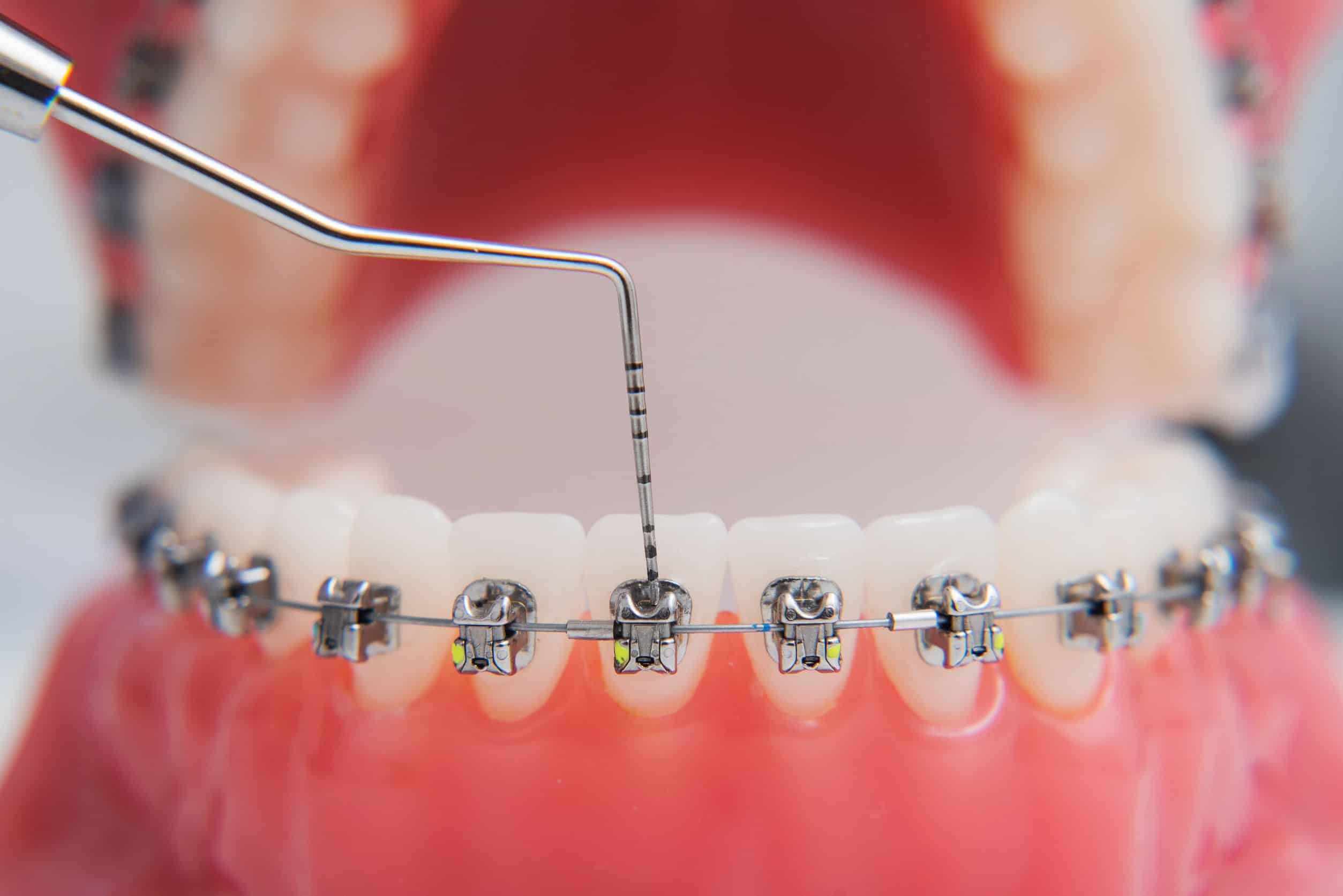The Greatest Guide To Legacy Orthodontics
The Greatest Guide To Legacy Orthodontics
Blog Article
The Ultimate Guide To Legacy Orthodontics
Table of ContentsNot known Incorrect Statements About Legacy Orthodontics Fascination About Legacy OrthodonticsLegacy Orthodontics - An OverviewHow Legacy Orthodontics can Save You Time, Stress, and Money.6 Easy Facts About Legacy Orthodontics Described
At Advanced Orthodontics, we offer individuals with a alternative treatment experience. On top of that, we offer flexible treatment routines, adaptable repayment alternatives and an enjoyable, enjoyable experience. orthodontist. Call ( 480) 357-4900 today for additional information and timetable a consultation.An orthodontist is a dental practitioner educated to diagnose, stop, and deal with teeth and jaw abnormalities. Orthodontists work with individuals of all ages, from youngsters to grownups.
Malocclusion, or misaligned teeth, can lead to dental problems, including dental caries, gum disease, and hard or uncomfortable eating. Not everyone is birthed with straight teeth. If you have a poor bite or big rooms in between your teeth, you might intend to speak with a dental practitioner focusing on orthodontic treatment.
The Buzz on Legacy Orthodontics
( Picture Credit Score: DigitalVision/Getty Images) Orthodontists make use of repaired and removable dental gadgets, like dental braces, retainers, and bands, to transform the placement of teeth in your mouth. Orthodontic treatment is for dental problems, including: Misaligned teethBite problems, like an overbite or an underbiteCrowded teeth or teeth that are too far apartJaw misalignmentThe goal of orthodontic treatment is to improve your bite.
A healthy and balanced bite ensures you can consume, eat, and speak correctly. While you may consider orthodontists as mainly for kids or teens who need dental braces, they can fix oral troubles at any age. Orthodontists attend college, dental school, and orthodontic school. After college graduation, they invest 2 or 3 years in an orthodontic residency program.
, but not all dentists are orthodontists. They focus on 2 locations: Exactly how to properly and safely relocate teeth How to properly lead advancement in the teeth, jaw, and faceOnce an orthodontist has actually completed training, they have the choice to end up being board certified.
See This Report on Legacy Orthodontics
Misalignment, or malocclusion, is one of the most usual reason people see an orthodontist. It is genetic and is the outcome of dimension differences between the upper and lower jaw or in between the jaw and teeth. Malocclusion brings about tooth congestion, an irregular jaw, or irregular bite patterns. Malocclusion is generally treated with: Your orthodontist connects metal, ceramic, or plastic square bonds to your teeth.
If you have only small malocclusion, you might be able to use clear dental braces, called aligners, as opposed to typical braces (https://sandbox.zenodo.org/records/145080). Some people require a headwear to assist move teeth right into line with pressure from outside the mouth. After braces or aligners, you'll require to use a retainer. A retainer is a custom gadget that maintains your teeth in position.
They're most usually made use of on youngsters. They can create additional room in the mouth without having to draw teeth. If you have a severe underbite or overbite, you may additional resources require orthognathic surgical procedure (likewise called orthodontic surgery) to extend or reduce your jaw. Orthodontists make use of cords, surgical screws, or plates to support your jaw bone.
You may need to see an orthodontist if you have: Crowding or not sufficient area for every one of your teethOverbite, when your upper teeth come over your base teethUnderbite, when your bottom teeth are too far forwardSpacing or issues with gapsCrossbite, which is when your upper teeth fit behind your bottom teeth when your mouth is closedOpen bite or an upright void in between your front bottom and upper teethMisplaced midline, when the facility of your base and upper teeth do not line up Remedying an oral malocclusion can: Make biting, chewing, and talking easierImprove the symmetry of our face and your total appearanceEase discomfort from temporomandibular joint disordersDifferent your teeth and make them less complicated to clean up, aiding prevent dental cavity or cavities It's usually a dental practitioner that first notices misaligned teeth throughout a routine examination.
How Legacy Orthodontics can Save You Time, Stress, and Money.

Throughout your initial orthodontic examination, you'll likely have: A dental examPhotos taken of your face and smileDental X-raysPanoramic (360 level) X-rays of your face and headImpressions to develop mold and mildews of your teethThese examinations will assist your orthodontist know exactly how to wage your therapy. leesburg clear braces. An orthodontist is a dentist that's had training to treat your teeth and jaw
An orthodontist is concentrated on your bite, so something like a chipped tooth would certainly be dealt with by a dental expert. Orthodontists are concentrated on your bite, or the means your teeth fit together, and the straightness of your teeth.
Ever before asked yourself just how stars constantly seem to have perfectly aligned teeth? Orthodontists are oral professionals who focus on dealing with irregularities in the teeth and jaws.
What Does Legacy Orthodontics Mean?

, orthodontists have a varied toolkit at their disposal. These tried-and-true braces utilize a system of braces adhered to the teeth and linked by cords.
Clear aligners, like Invisalign, are a popular alternative for people looking for an extra discreet treatment choice. These detachable trays are custom-made to progressively move the teeth's setting. Headwear might be used together with braces or aligners to use additional targeted forces, especially for correcting jaw discrepancies. In instances of slim jaws, palatal expanders can be utilized to develop room for proper tooth alignment.
Report this page